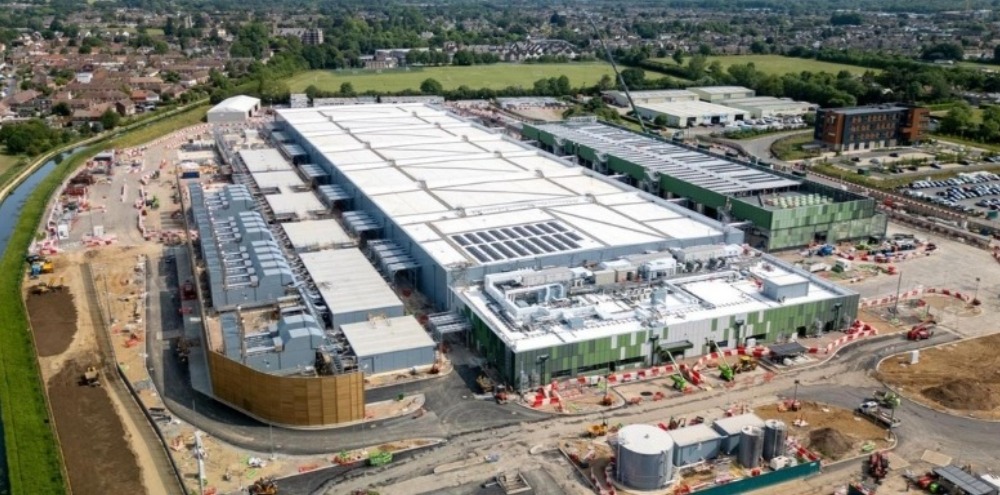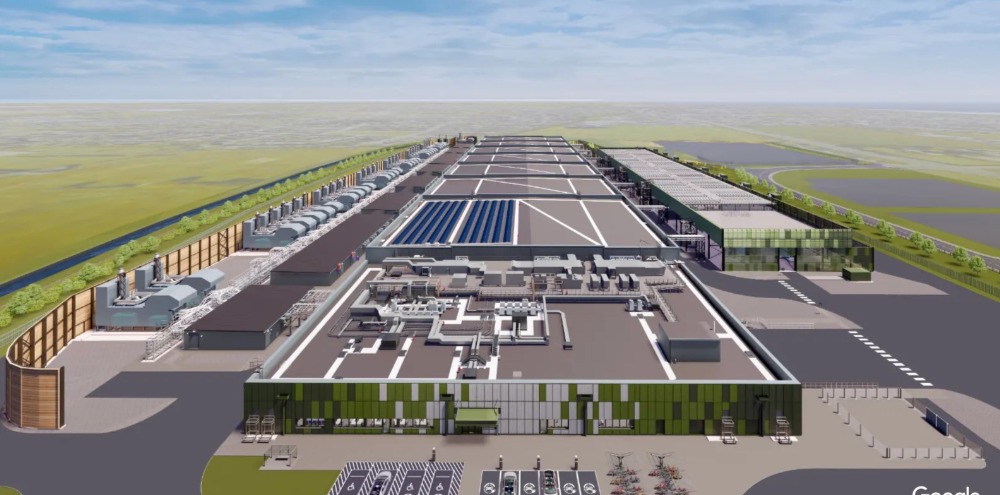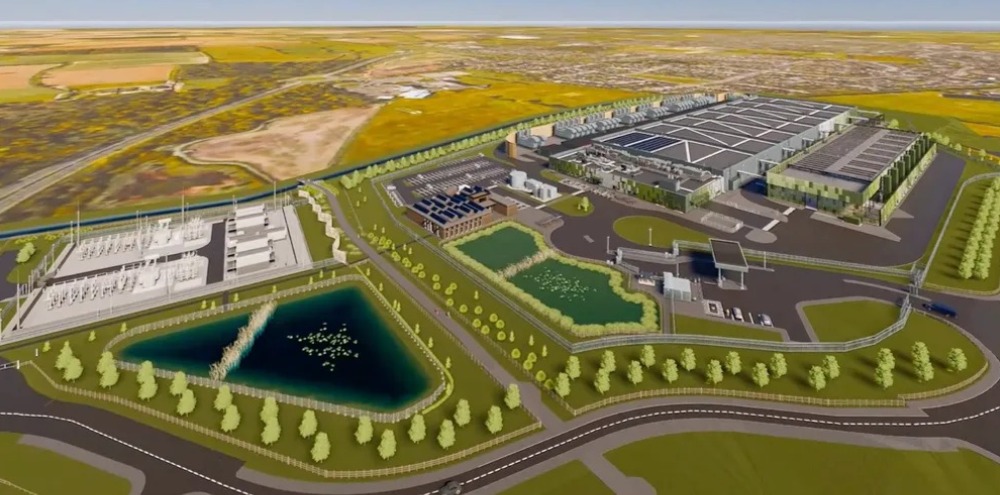
Data Centre Site Selection in 2025: Beyond Land Cost
Introduction
As the demand for data continues to grow across Europe, data centre site selection in 2025 has become a far more complex process than simply comparing pricing of land. While this cost is relevant, it is now just one consideration among many.
Power availability, connectivity, sustainability, and local regulation are all critical factors that can define a project’s future success or failure. In a competitive market driven by new AI workloads, digital transformation, and sustainability goals, selecting the right site requires a long term and strategic approach.
Contact us today for expert guidance in selecting the ideal location for your next data centre project.
-(presentation)-xcjazn.jpg)
Connectivity
A data centre is only as strong as its supporting network. Being located close to major fibre routes, internet exchange points, and cloud on-ramps ensures low latency performance and cost efficiency. While traditional hubs such as London, Dublin, and Frankfurt remain key, new secondary data centre markets are also emerging. Areas within the UK, such as Manchester, Liverpool and Hertfordshire are attracting more investment due to strong connectivity, power availability and reduced congestion.
The rise of edge computing has also reshaped site strategy. Smaller, distributed facilities located near populated areas are now complementing hyperscale infrastructure, providing improved speeds, resilience, and service reach to end users.
Power Availability
Power now represents the biggest constraint in data centre development across the UK and Europe. Grid congestion, connection delays, and energy transition challenges have made early engagement with utility providers vital for future development. Developers are increasingly exploring alternatives such as private connections, on site renewable generation, and battery storage to improve resilience.
Some are even investigating emerging options like small modular reactors (SMRs) to future proof operations. An example of this is Google who has committed to procuring nuclear power from SMRs, specifically via a partnership with the reactor company Kairos Power. This is seen as a 'first of its kind' corporate deal to secure 24/7 carbon free energy for data centres, supplementing renewable sources such as wind and solar.
When evaluating potential sites, distance to substations, grid headroom, and relationships with distribution network operators (DNOs) can make the difference between a viable project and a delayed one.
Sustainability
Sustainability has moved from aspiration to necessity. Clients, investors, and regulators now expect credible environmental performance from every new design and build project. Access to renewable energy, potential for heat reuse, and low carbon cooling design are now central to data centre site selection.
Many developers are securing long term Power Purchase Agreements (PPAs) to ensure a reliable supply of renewable electricity. Others are exploring on site generation, waste heat recovery, and liquid cooling systems to achieve lower Power Usage Effectiveness (PUE).
Early consideration of sustainability at the planning stage not only enhances ESG (Environmental, Social & Governance) compliance but also strengthens investment appeal and long term operational efficiency.
Planning and Regulatory Frameworks
The planning landscape for UK data centre development remains complex and regionally varied. Local authorities differ in their perspective of environmental and design requirements, which can delay project completions.
However, initiatives such as the Government’s AI Growth Zones show positive movement towards supporting digital infrastructure expansion. These zones aim to streamline planning approval and improve collaboration between public authorities and private operators. Developers who proactively engage with local councils, environmental agencies, and communities can often secure faster approvals and stronger long term relationships.
Collaboration: The New Foundation of Success
The days of independent data centre development are over. Successful site selection now depends on early collaboration with power suppliers, fibre providers, planning bodies, and data centre experts like us!
This integrated approach accelerates delivery, mitigates risk, and ensures each project aligns with regional sustainability goals. It also demonstrates transparency and accountability, two qualities that investors and local authorities always value. Forward thinking organisations are forming long term partnerships to secure power and land years in advance, positioning themselves to deliver capacity as demand continues to climb.
Conclusion
In 2025, data centre site selection must balance cost, power, sustainability, and connectivity within a constrained development landscape. Land price may begin the discussion, but it will not determine operational success.
Organisations that evaluate all variables holistically and collaborate across the supply chain will be best placed to build the next generation of efficient, sustainable, and high performing data centres. By thinking beyond land cost, the industry can meet future digital demand responsibly and create a resilient foundation for the UK’s data and AI economy.










